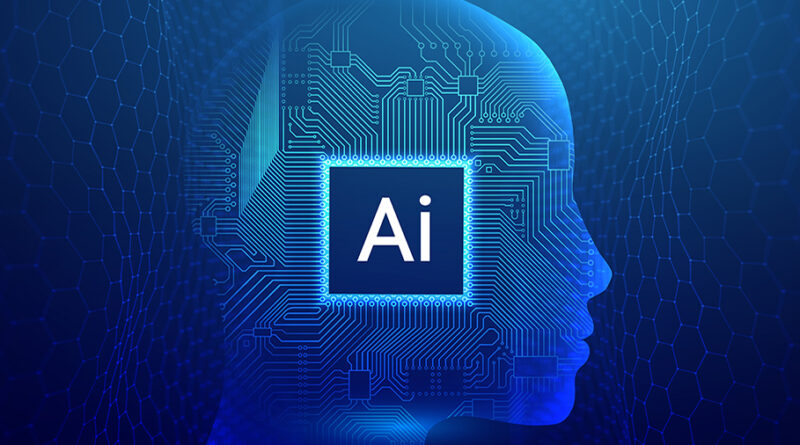How AI is Enhancing Teaching and Learning Outcomes
In recent years, the integration of artificial intelligence (AI) in education has revolutionised the way educators teach and students learn. From personalised learning experiences to automated administrative tasks, AI has the potential to transform the educational landscape. This article explores the numerous ways AI is benefiting educators and enhancing teaching and learning outcomes, backed by real-world examples of successful AI implementations in education.
Personalised Learning Experiences
One of the most significant advantages of AI in education is its ability to provide personalised learning experiences. AI-driven platforms, such as DreamBox and Smart Sparrow, use adaptive learning algorithms to tailor educational content to individual students’ needs. These platforms analyse students’ strengths, weaknesses, and learning paces, allowing educators to deliver customised lessons that address each student’s unique requirements. For instance, a study conducted by the Bill & Melinda Gates Foundation found that students using adaptive learning software demonstrated significant improvements in math proficiency compared to their peers who did not use such technology.
Automating Administrative Tasks
AI also plays a crucial role in automating administrative tasks, freeing up valuable time for educators to focus on teaching. Tasks such as grading, attendance tracking, and scheduling can be time-consuming and tedious. AI-powered tools like GradeScope and PowerSchool streamline these processes by automatically grading assignments, monitoring student attendance, and organising schedules. By reducing the administrative burden, educators can devote more time to developing engaging lesson plans and interacting with students, thereby improving the overall quality of education.
Providing Timely and Constructive Feedback
Moreover, AI enhances the ability of educators to provide timely and constructive feedback. Intelligent tutoring systems, such as Carnegie Learning and Knewton, utilise AI algorithms to analyse students’ performance in real-time. These systems identify areas where students are struggling and offer immediate feedback and targeted interventions. As a result, students receive the support they need when they need it most, leading to better learning outcomes. For example, Carnegie Learning’s AI-driven tutoring system has been shown to improve students’ algebra skills by providing personalised feedback and guidance, resulting in higher test scores and increased confidence in their abilities.
Transforming Language Learning
AI is also transforming language learning by offering immersive and interactive experiences. Language learning apps like Duolingo and Rosetta Stone leverage AI to create adaptive lessons that adjust to learners’ proficiency levels. These apps incorporate speech recognition technology to provide instant feedback on pronunciation and grammar, helping students develop their language skills more effectively. A study conducted by the City University of New York and the University of South Carolina found that students who used AI-powered language learning apps showed significant improvements in their language proficiency compared to those who used traditional methods.
AI-Powered Virtual Assistants
Additionally, AI-powered virtual assistants, such as IBM’s Watson Tutor and Google Assistant, are becoming valuable resources for educators. These virtual assistants can answer students’ questions, provide explanations, and offer additional learning materials. By serving as on-demand tutors, virtual assistants help students reinforce their understanding of complex concepts outside the classroom. For instance, IBM’s Watson Tutor has been used in various educational institutions to support students in subjects like science and mathematics, resulting in improved academic performance and increased student engagement.
Addressing Challenges
The use of AI in education is not without its challenges. Concerns about data privacy, algorithmic bias, and the digital divide need to be addressed to ensure equitable access to AI-powered educational tools. However, with careful implementation and ongoing evaluation, the benefits of AI in education far outweigh the potential drawbacks.
In conclusion, AI has the potential to revolutionise education by providing personalised learning experiences, automating administrative tasks, offering timely feedback, enhancing language learning, and serving as virtual assistants. Real-world examples of successful AI implementations in education highlight the positive impact of this technology on teaching and learning outcomes. As educators continue to embrace AI, the future of education looks brighter than ever, with endless possibilities for enhancing student success and transforming the learning experience.



